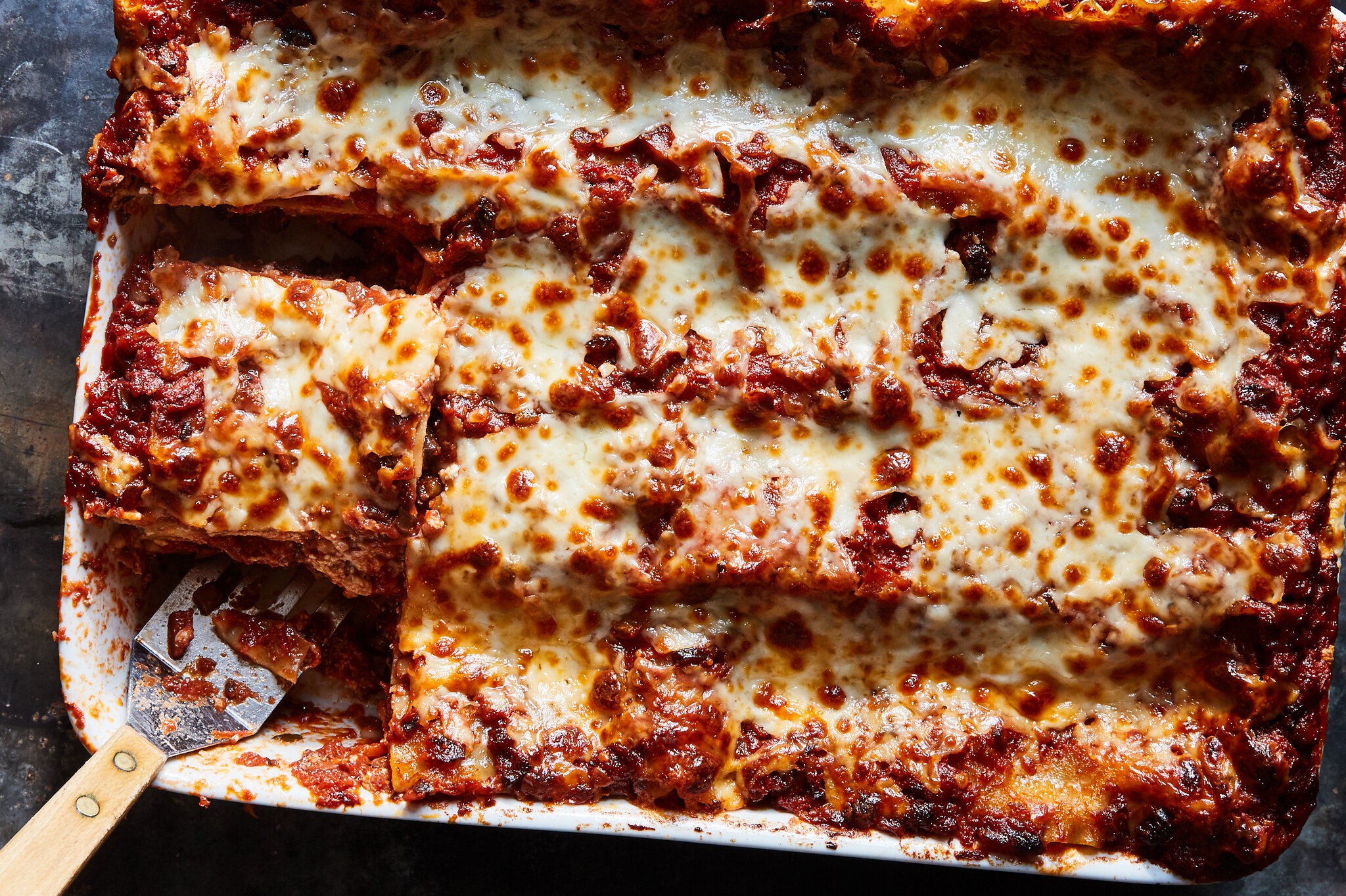The age-old question: should you put hot food in the refrigerator? Faced with a steaming pot of soup or a freshly baked casserole, many home cooks hesitate. Is it better to let it cool on the counter, risking bacterial growth, or to refrigerate it immediately and potentially warm up the fridge’s contents? Let’s delve into the science and best practices.
Despite lingering myths, the United States Department of Agriculture (USDA) and other food safety agencies are clear: hot food can and, in many instances, should be refrigerated promptly, provided it’s properly portioned.
The concern about refrigerating hot food stems from the history of food preservation. Helen Peavitt, a social historian and author of “Refrigerator: The Story of Cool in the Kitchen,” explains that in the era of iceboxes, putting hot food inside would cause the ice to melt faster, requiring frequent and costly replacements.
Modern refrigerators are far more efficient. Thanks to chemical refrigerants and evaporator fans, they can maintain a consistent temperature even with the addition of warm food. However, there are still ways to optimize the process for both safety and energy efficiency.
How to Safely Refrigerate Hot Food
The key to safely refrigerating hot food lies in reducing its temperature quickly. Experts recommend dividing large dishes into smaller portions. Instead of placing an entire roast into the fridge, carve it into slices first. Divide soups and casseroles into shallow containers, ideally no more than two inches deep. Loosely cover the containers initially to allow steam to escape before sealing them tightly.
The Food and Drug Administration (FDA) states that it’s generally safe to refrigerate hot food directly within two hours of cooking (or within one hour if the ambient temperature is above 90°F), as long as there’s sufficient space for cold air to circulate around the containers.
However, refrigerating extremely hot food can increase your energy consumption. “The main downside,” Peavitt notes, “is that you’ll spend more on the electricity needed to keep the temperature down — basically transferring the extra heat from inside to outside the fridge.”
To minimize the impact on your refrigerator’s energy efficiency, expedite the cooling process. Stir the food periodically and consider placing the container in an ice water bath before refrigeration.
While modern refrigerators are a significant improvement over iceboxes, temperature variations can still occur. Using inexpensive appliance thermometers in both the refrigerator (target temperature: 40°F or below) and freezer (target temperature: 0°F) can provide peace of mind.
Should You Put Hot Food Directly in the Freezer?
Ideally, no. According to the USDA, freezing food quickly results in smaller ice crystals, which minimizes damage to the food’s structure during thawing. This helps maintain the quality of meat, seafood, fruits, and vegetables, and prevents creamy sauces from separating.
Therefore, it’s best to cool food down before freezing it, either by using an ice bath or refrigerating it briefly. When freezing liquids, remember to leave space at the top of the container to allow for expansion during freezing (approximately one inch for pint-size containers and 1.5 inches for quart-size or larger). Solids should also have at least half an inch of space.
Best Containers for Food Storage: Fridge and Freezer
Several container options are available for storing food in the refrigerator and freezer. Dr. Kantha Shelke, a senior lecturer of food safety regulations at Johns Hopkins University, suggests using glass containers, especially tempered glass, because they are durable, don’t absorb odors or stains, and are safe for reheating in the oven and microwave. However, they can be heavy and breakable.
Silicone bags are a lightweight and unbreakable alternative, but they can be challenging to clean and may retain odors. Aluminum foil and freezer paper are useful for irregularly shaped items.
Dr. Shelke advises against putting hot food directly into plastic containers, as they can leach harmful chemicals like BPA, phthalates, and PFAS, particularly with repeated use and exposure to acidic or oily foods. Avoid using single-use plastics like takeout containers and yogurt tubs for storing hot foods, as they are not designed for heat exposure. Ensure that any container you choose is labeled freezer-safe.
Can You Cool Hot Food Outdoors?
Cooling food outdoors can be a temporary measure, but it’s not a substitute for refrigeration or freezing. Betty Yaohua Feng, an associate professor in the Department of Food Science at Purdue University, recommends using a cooler with ice packs for drinks and less perishable foods.
If you opt for outdoor cooling, tightly seal the containers to prevent contamination from dust and wildlife, avoid direct sunlight, and ensure the temperature remains below 40°F.
Holiday Leftovers and Refrigerator Management
During holidays and large gatherings, refrigerator space becomes a premium. Ms. Peavitt recommends clearing out your refrigerator before the event, noting that “Not all foods that we keep in the refrigerator actually need to be there.” Examples include unopened pickle jars, ketchup, many fruits and berries, and peanut butter.
By understanding the science behind food cooling and implementing these best practices, you can safely refrigerate hot food, minimize energy consumption, and ensure the quality and longevity of your leftovers.

